Thus, Ratzinger distinguished between super naturality and spiritual fruits
In the book interview with Vittorio Messori 'Report on Faith' the future Benedict XVI spoke about the criteria for judging supposed supernatural phenomena
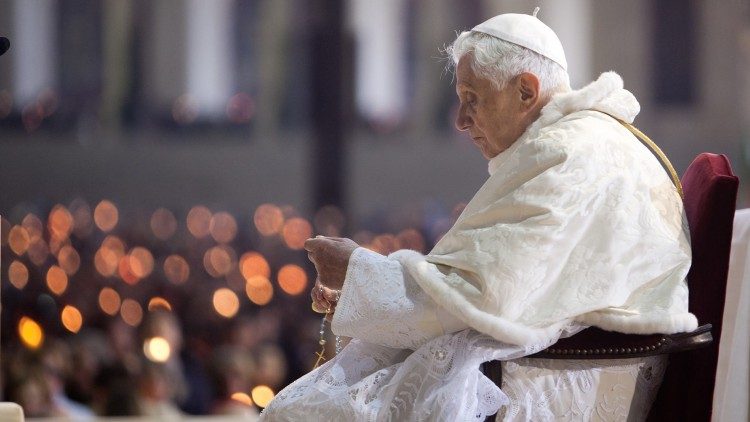
«Separate the aspect of the true or supposed “super naturality” of the appearance from that of its spiritual fruits». Cardinal Joseph Ratzinger, then Prefect of the Congregation for the Doctrine of the Faith, used these words in response to a question from journalist and writer Vittorio Messori. The dialogue is collected in the bestseller “Report on Faith” (1985).
First, the future Benedict XVI stated: «No apparition is indispensable for faith, the Revelation ended with Jesus Christ. He himself is the Revelation. But we certainly cannot prevent God from speaking to our time, through simple people and also through extraordinary signs that denounce the insufficiency of the cultures that dominate us, masked by rationalism and positivism. The apparitions that the Church has officially approved… have their precise place in the development of the life of the Church in the last century. They show, among other things, that Revelation – although unique, concluded, and, therefore, not surmountable – is not something dead, but alive, vital. Furthermore… one of the signs of our time is that news of “Marian apparitions” is multiplying in the world…
He continues: «One of our criteria consists of separating the aspect of the true or supposed “super naturality” of the appearance of that of its spiritual fruits. The pilgrimages of early Christianity were directed to places, about which our modern critical spirit would sometimes be perplexed as to the “scientific truth” of the tradition linked to them. This does not mean that those pilgrimages were fruitful, profitable, and important for the life of the Christian people. The problem is not so much that of modern hypercriticism (which then ends, among other things, in a form of new credulity) but that of the appreciation of the vitality and orthodoxy of the religious life that develops around these places.
Related
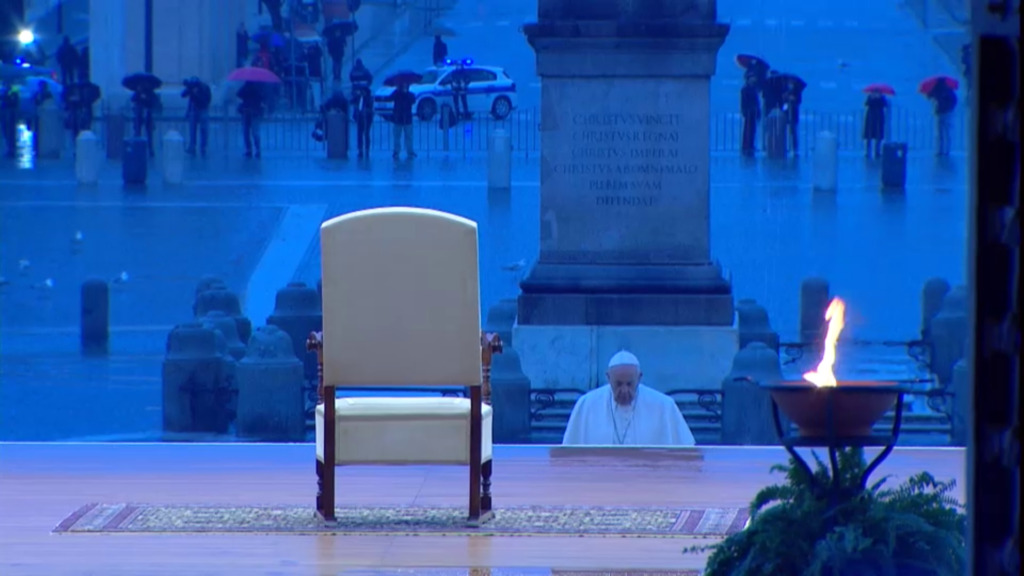
Five Years After Statio Orbis: Hope in the Midst of the Storm
Exaudi Staff
27 March, 2025
2 min
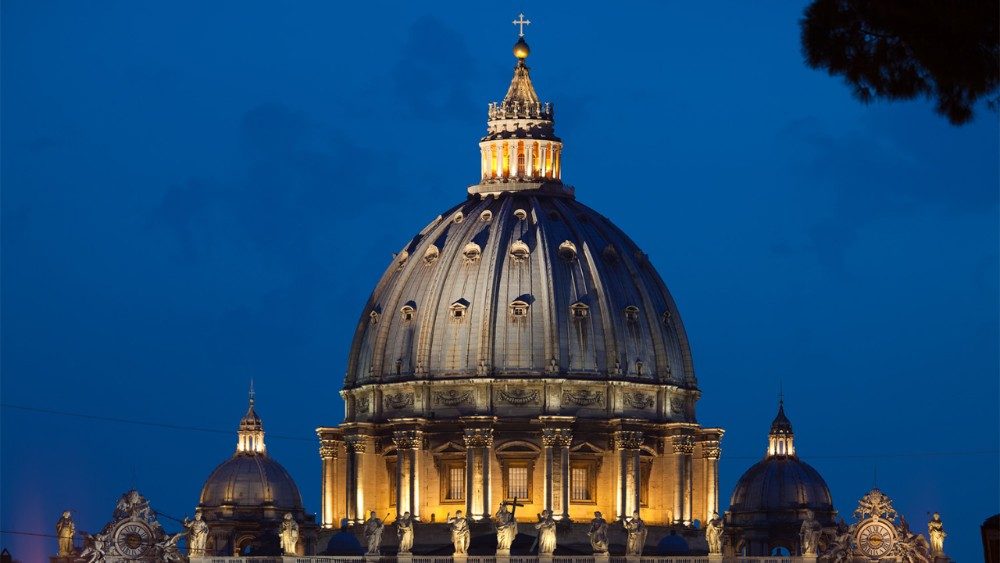
St. Peter’s Dome Will Have New Lighting for Easter
Exaudi Staff
20 March, 2025
1 min
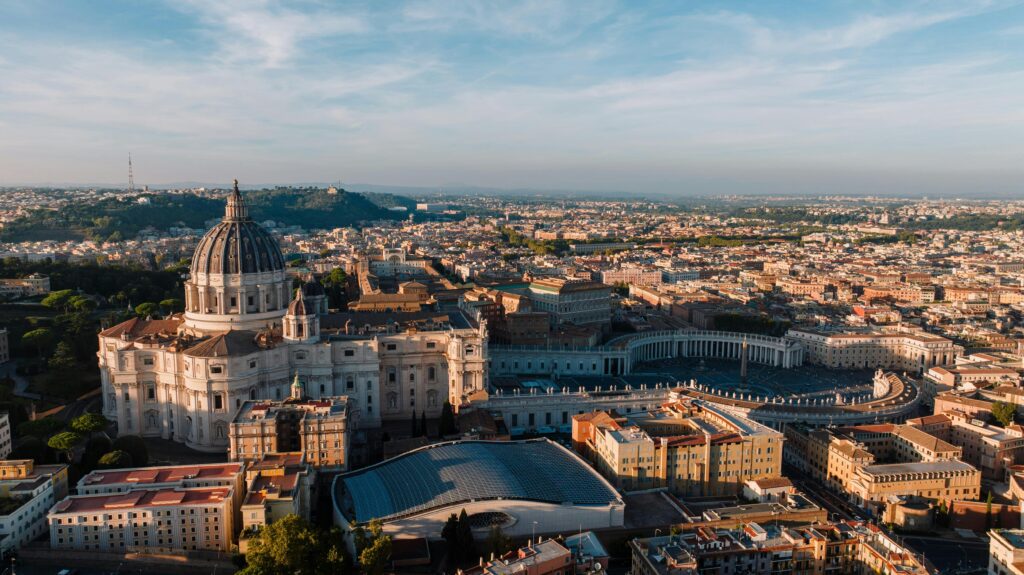
In St. Peter’s Basilica, the ancient rite of the “Statio Lenten” (Lent Station)
Exaudi Staff
17 March, 2025
2 min
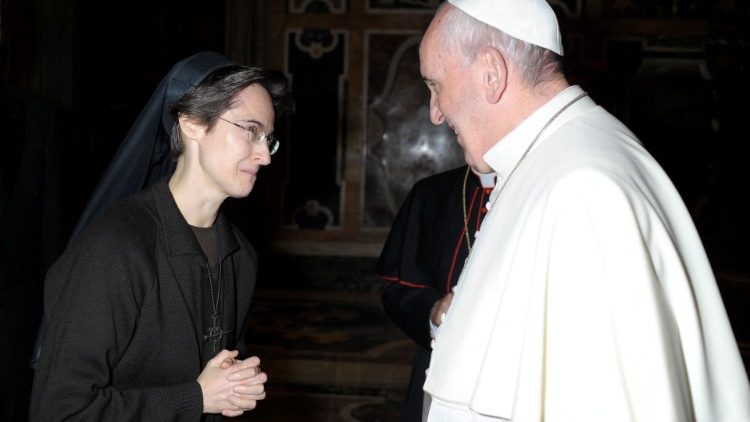
Sister Raffaella Petrini appointed as new president of Vatican Governorate
Exaudi Staff
17 February, 2025
1 min
 (EN)
(EN)
 (ES)
(ES)
 (IT)
(IT)

